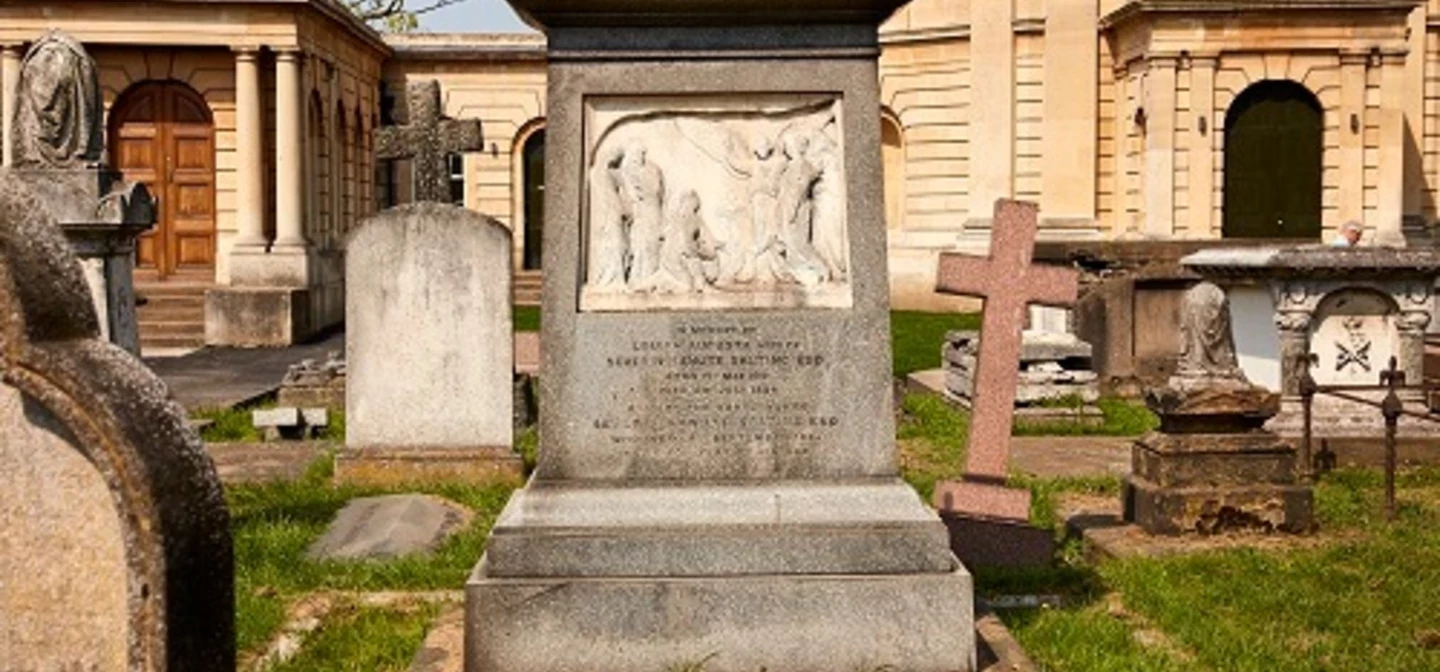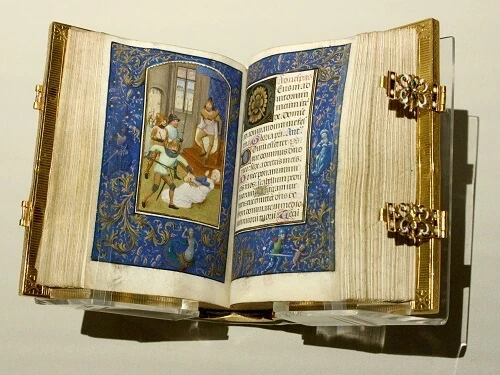
George Salting (1835-1909)
The hugely wealthy art collector renowned for his thrifty lifestyle.
Art collector
For a man worth millions, art collector George Salting lived a very frugal life. His home was two modest rooms above a club in London’s St James’s Street.
He would pay ‘sixpence for his tea, or three shillings for a dinner, on the same day that he had bought a picture for £5,000’.

Family
George was born in Australia to Danish parents, Severin and Louisa. He was educated at Eton, and studied the classics at the University of Sydney.
The family settled in England when George’s father retired. Severin had made a fortune from sheep farms, sugar and exporting wool, which George and his brother William inherited on his death in 1865.

Victoria & Albert museum
George managed his fortune wisely. He began collecting art, particularly oriental porcelain and old master paintings, and was soon obsessed.
He amassed an extraordinary collection, which he crammed into his two rooms until they were full. He then began lending works to the Victoria & Albert Museum.

He was not a generous man during his lifetime but, when he died of pneumonia in 1909, George left significant amounts of money to relatives and two hospitals.
He also bequeathed his entire and priceless art collection to London museums. Nearly 200 paintings – including works by Vermeer, Rubens, Constable and Canaletto – went to the National Gallery. His prints and drawings were given to the British Museum, and all the rest went to the V&A.
Further information:
V&A Museum
The National Gallery
National Portrait Gallery
Wikipedia